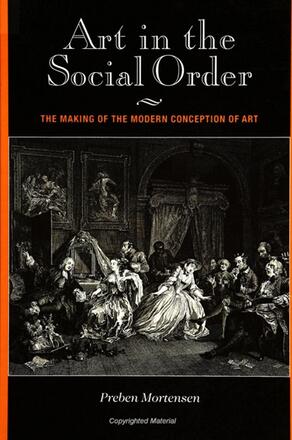
Art in the Social Order
The Making of the Modern Conception of Art
Alternative formats available from:
Seeks to replace the dominant approaches to the question of the nature of art in contemporary English-speaking (analytic) philosophy with a historicist approach that emphasizes localized, cultural-historical narratives.
Description
Art in the Social Order makes a compelling case for the need to develop a properly historical approach to art. Preben Mortensen seeks to replace the dominant approaches to the question of the nature of art in contemporary English-speaking (analytic) philosophy with a historicist approach that emphasizes localized, cultural-historical narratives.
For the first time, a historical examination of the origin of our ideas of art are related to questions in contemporary art theory. Mortensen shows that our conception of art emerged in the eighteenth century as part of new ideas of edification and of the presentation of the self. He examines the complex social and cultural context in which our ideas of art emerge in the eighteenth century. In a context of social, political, and cultural changes, knowledge about art and the display of taste come to indicate social distinctions and replace older notions of birth and rank. Mortensen connects these historical developments to contemporary discussions about the relationship between high art and popular art.
Reviews
"Mortensen's work makes a compelling case for the need to develop a properly historical approach to art. He also argues persuasively that although many philosophers have come to recognize this need, the proposed theories have yet to meet it. The historical chapters in Mortensen's study clearly reveal the particular social underpinnings of many recent aesthetic theories. In addition, Mortensen's historicist approach allows him to call seriously into question certain received notions, such as the idea that distinctions between high and low culture emerge only in the twentieth century. In short, Mortensen clearly situates his argument in relation to ongoing debates about the nature of art. He demonstrates clearly that his proposed alternative has definite payoffs. " — Mette Hjort, McGill University
"The best thing about this book in my eyes is its historical investigation of a philosophical issue (the nature of art). I believe that this represents the only path to progress in the field of aesthetics; Preben Mortensen's work will be a real contribution to this field. " — Paul Mattick, Adelphi University